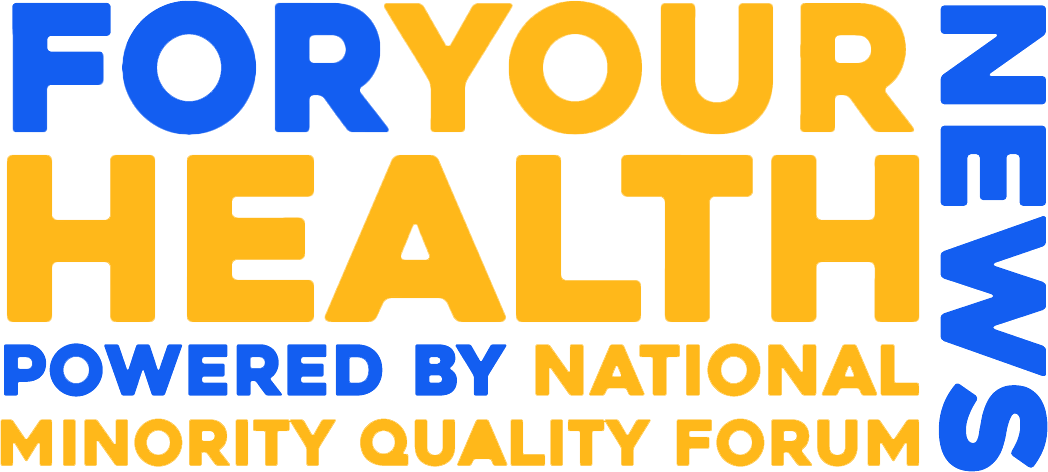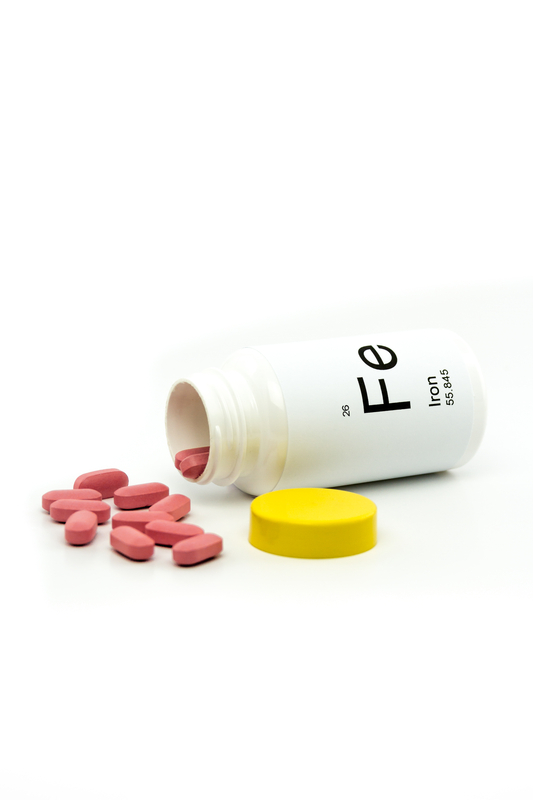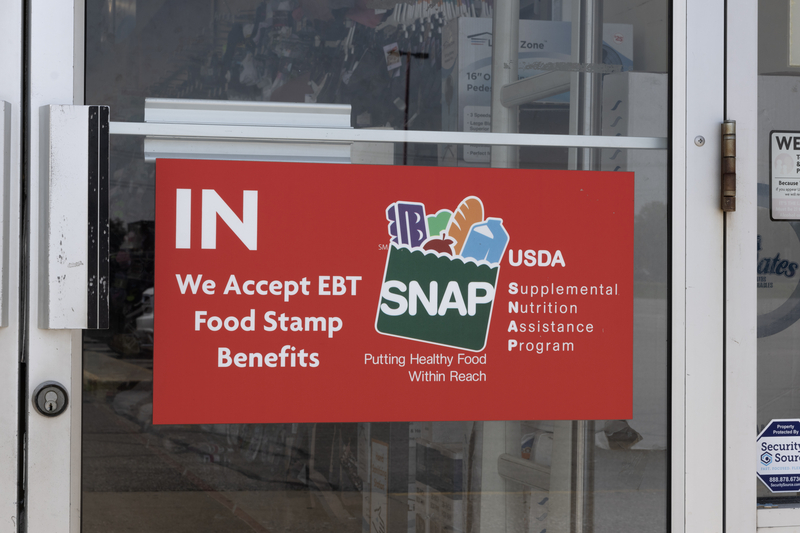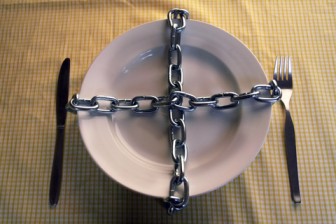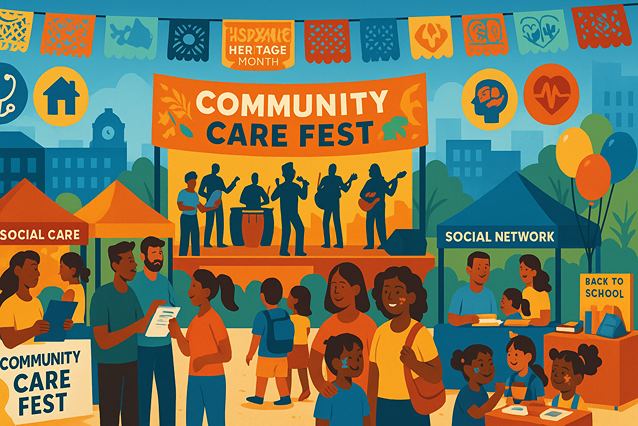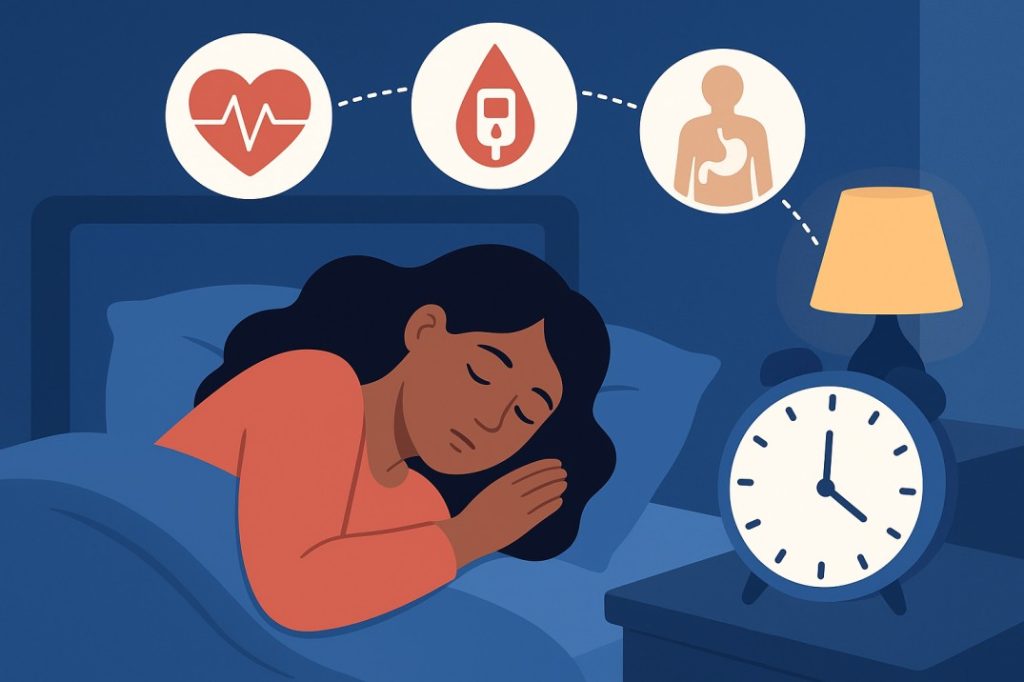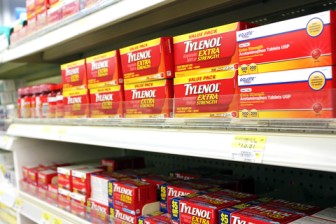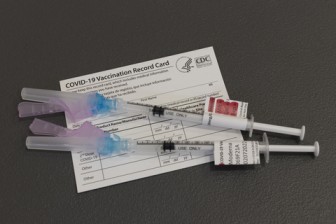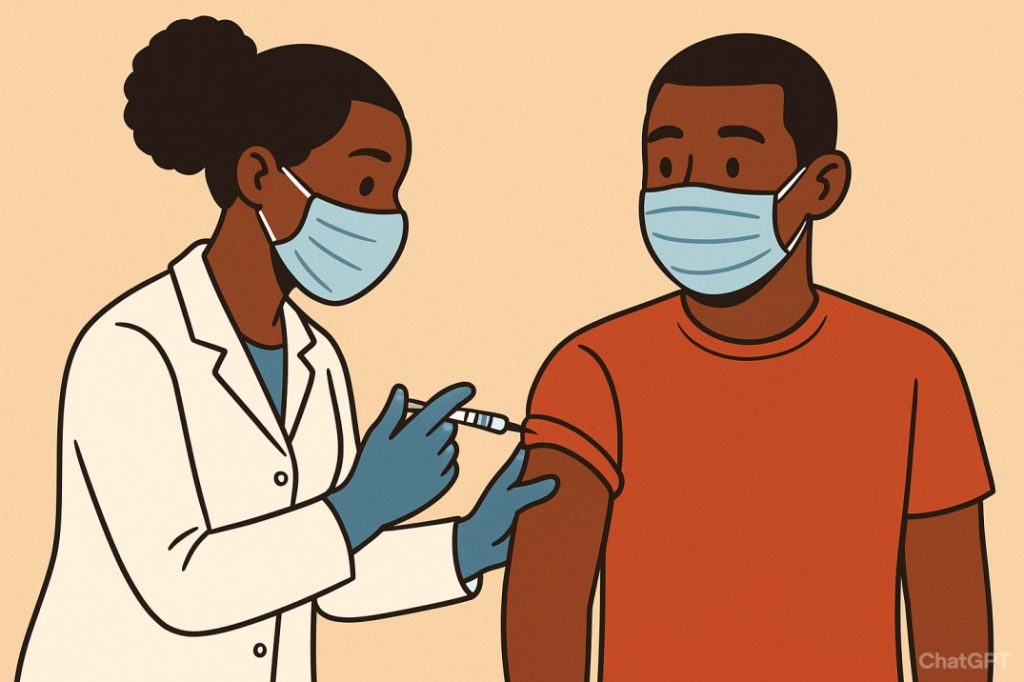- By Samantha Paulino

In Cleveland’s Central neighborhood, the smell of frying oil drifts from a corner store where plastic-wrapped sandwiches and energy drinks fill the shelves. Three blocks away, the city’s only grocery store closed last spring. For many residents, fresh food now means a bus ride across town or a week’s wait for the next mobile market. It’s not apathy that keeps people from eating better—it’s distance, cost, and time. And until recently, those realities were visible on a national map of hunger. This fall, that map went dark.
In September 2025, the U.S. Department of Agriculture quietly ended its annual Household Food Security Survey, the nation’s most consistent measure of who goes hungry and where. The report—first published in 1995—defined what “food insecurity” meant in the United States and guided everything from SNAP benefits to school-lunch allocations. According to the Health Policy Institute of Ohio and Feeding America, advocates warn that losing this data erases visibility for the very communities most affected.
A Vanishing Mirror
The USDA’s survey was never perfect—it couldn’t capture the nuance of cultural food needs or the fatigue of long commutes for affordable groceries—but it was a mirror. It revealed the country’s contradictions: record corporate food profits alongside record hunger, rural counties without supermarkets beside cities where corner stores fill the gap.
Without it, food-access organizations say policymakers will be flying blind. The Household Food Security Report offered decades of continuous data used to direct federal and state resources. Now, that infrastructure has been cut.
Meanwhile, grocery prices have climbed more than 19 percent since 2020, according to the Bureau of Labor Statistics. Pandemic-era relief programs, including expanded child tax credits, have expired. In many states, SNAP benefits have returned to pre-COVID levels.
The Human Cost of Invisible Hunger
In Mississippi’s Delta region, mobile markets—retrofitted school buses that deliver produce—rely on USDA data to justify grants and measure progress. Without the federal benchmark, program managers fear funders will retreat.
The timing is especially fraught: the Trump administration’s Make America Healthy Again (MAHA) initiative, led by HHS Secretary Robert F. Kennedy Jr., urges physicians to “treat food as medicine” and curb ultra-processed food consumption. Yet critics argue that without reliable data on who lacks access to healthy food, the rhetoric risks being symbolic.
What Disappears When the Numbers Do
Historically, the Household Food Security Survey illuminated trends that headlines missed—how climate disasters spike hunger in rural states, how rent surges translate into skipped meals, how grocery mergers reshape access. Researchers used it to link food insecurity to chronic illness and mental-health outcomes.
Now, academics and nonprofits are scrambling to fill the void through independent surveys and crowdsourced mapping, but those efforts lack the scope—and authority—of federal data.
The Fork Framework
If food is medicine, then measurement is diagnosis. You can’t heal what you can’t name. The end of the USDA’s hunger survey doesn’t just erase data points; it erases visibility for millions of Americans whose plates were already half-empty.
In neighborhoods like Cleveland’s Central, hunger is both a symptom and a sentence—one made heavier when the nation stops keeping score. The numbers may be gone, but the need remains, rising quietly from every closed grocery, every overpriced apple, every dinner that costs more hope than it should.
Sources
- U.S. Department of Agriculture. Household Food Security in the United States in 2023. ERR-337.
- Feeding America. Hunger in America. 2025.
- Bureau of Labor Statistics. Consumer Price Index Summary (September 2025).
- Harvard T.H. Chan School of Public Health. Cancellation of Food Insecurity Survey a Blow to Understanding Hunger in U.S.
- Bureau of Labor Statistics. Consumer Price Index Summary (September 2025).
- Health Policy Ohio. USDA Ends Annual Food Insecurity Report (Sept 2025) .
Trending Topics
Features
- Drive Toolkit
Download and distribute powerful vaccination QI resources for your community.
- Health Champions
Sign up now to support health equity and sustainable health outcomes in your community.
- Cancer Early Detection
MCED tests use a simple blood draw to screen for many kinds of cancer at once.
- PR
FYHN is a bridge connecting health information providers to BIPOC communities in a trusted environment.
- Medicare
Discover an honest look at our Medicare system.
- Alliance for Representative Clinical Trials
ARC was launched to create a network of community clinicians to diversify and bring clinical trials to communities of color and other communities that have been underrepresented.
- Reducing Patient Risk
The single most important purpose of our healthcare system is to reduce patient risk for an acute event.
- Samantha Paulino
- Jessica Wilson
- Victor Mejia
